Tokyo is a big bustling and vibrant metropolis. The urban jungle is lit by neon lights at night with its shopping and dining districts buzzing with locals and tourists from all over the world. Skyscrapers and iconic structures rise above the concrete sprawl. People come and go at a frenetic pace, even a meal inside a restaurant goes by very quickly with patrons simply fulfilling a bodily need before rushing back to work. The frantic pedestrian crossing at Shibuya is a fitting microcosm of Tokyo; it has an organized yet chaotic feel.
Tokyo has all the characteristics of a modern city ready for the future; towering skyscrapers, innovative businesses, a thriving art and culture scene, glitzy entertainment and shopping districts and a lifestyle humming along at a frenetic pace. But within the city’s futuristic appearance lie old districts that are vestiges of a bygone epoch.
These enclaves provide you with a glimpse of the citys past and transformation over the centuries. Here are neighborhoods where you can travel back in time while exploring Tokyo.
Asakusa
If you want to see the city’s illustrious past, make sure to include Asakusa in your itinerary. This traditional area has an old Tokyo feel with its centuries-old temples, houses and shops. It is a contrast to the concrete jungle that one would normally attribute to Tokyo. The most famous relic of the past is the Senso-ji Temple. It is one of the oldest temples in the country with approximately 1,300 years of history behind it. Upon approaching the main hall you’ll see the imposing Kaminarimon Gate and the Nakamise Dori. The latter is lined with shops where you can buy souvenirs and unique craft items.
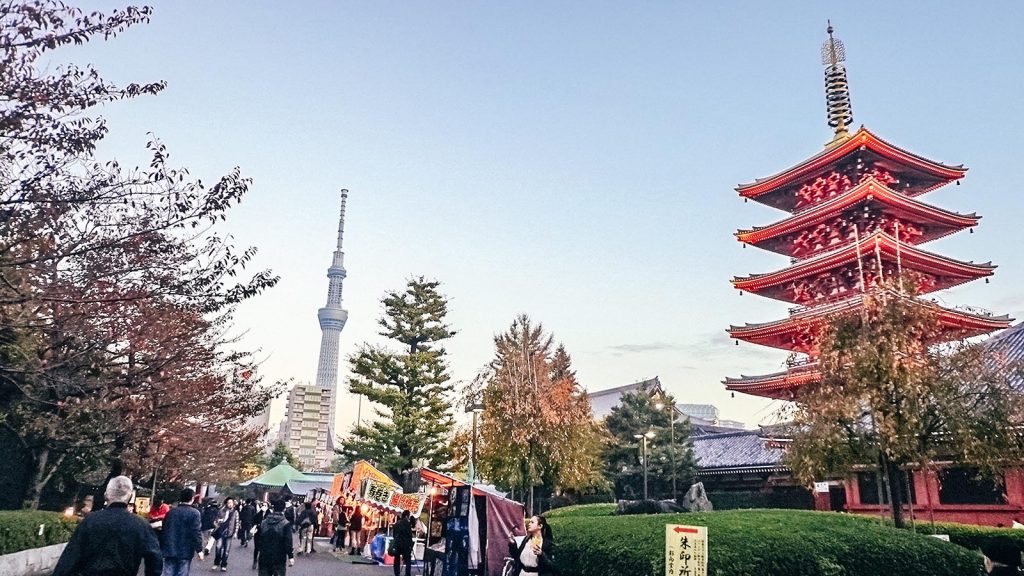
During the Edo Period, Asakusa was developed as an entertainment neighborhood because of its proximity to Kuramae. The feudal government built several rice storehouses here. Business thrived when the storehouse keepers started to charge for storage or sold the rice to shopkeepers at a profit. This resulted in the growth of Asakusa as an entertainment district during that time.
Fast forward to the 20th century, Asakusa maintained its entertainment district vibe until World War II. The war left the district in shambles after intense bombings. After the war, the local government restored the area, but other wards overtook it as a premier entertainment neighborhood. Asakusa is a place where you can learn more about history and be nostalgic about a bygone era.
Shibamata
Shibamata showcases the old architecture of the city; the style of the houses and shops will make you feel like you’re in a small town within the bustling metropolis. The neighborhood hasn’t changed much over the decades (or even centuries). This quaint neighborhood is home to the Taishakuten Temple.
The walk towards the temple is like entering a time warp. The street has a number of local restaurants and shops; look for souvenirs or simply feel the old world charm as you meander through. The temple itself is a noteworthy destination. Here you’ll find beautiful and intricate wooden carvings. The artists who made them were the same people who helped in the Toshogu Shrine’s construction in Nikko.
Yanaka
Another district to include if you decide to get a glimpse of old Tokyo is Yanaka. This quaint neighborhood will take you back in time. The ambiance of decades past will greet you once you start exploring. The shopping street, also known as Yanaka Ginza, is a great place to get lost in. It has an old-world flavor that distinguishes itself from Tokyo’s concrete sprawl. The street is lined with shops that offer everyday things such as apparel, produce, groceries and others. It has a local flavor for those who want to experience everyday life in the city. This district has maintained the distinct shitamachi personality of a bygone era.
While in Yanaka drop by the Yaneses Tourist Information Center to join different classes that immerse you in Japanese culture. Join calligraphy, Japanese ink painting, and flower art classes just to name a few things you can do to learn more about the culture of Japan.
Sugamo
You may have heard of Harajuku, that district is specifically for teens. Sugamo, on the other hand, is a quaint neighborhood affectionately called Harajuku for Old Ladies. This district has a long stretch of more than 200 shops that sell anything under the sun, from traditional food to apparel to anything that seniors may want to buy. While here, make sure to try the sweets known as Shio-Daifuku, a rice cake with bean paste. The sweets in Sugamo are famous in Tokyo.
Amid the shops and pedestrians is the Koganji Temple. The small structure is where you’ll find the statue of Togenuki Jizo; the local elderly believe that it can help cure the ailments afflicting them. Seniors line up to wipe their wet towels on the statue and then press it onto an ailing part of their body hoping for healing.
Ningyocho
This quaint part of Nihonbashi used to be famous for kabuki theater. Ningyocho was actually the neighborhood where the first kabuki theater opened its doors during the Edo era. Fast forward to today, the area is a concrete sprawl. However, you’ll still find old houses and shops in the narrow alleys.
While exploring, head on over to Kogiku-dori to get a glimpse of the past through the old houses and stores. You can also drop by Ningyocho-dori to catch a marionette clock show.
Top Tokyo Hotels
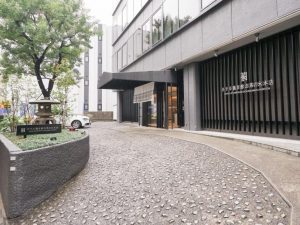 Hotel Ryumeikan Ochanomizu Honten ➡️ CHECK RATES & AVAILABILITY |
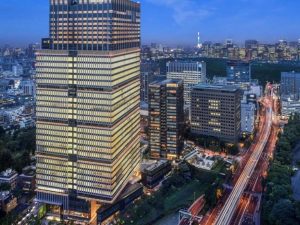 The Prince Gallery Tokyo Kioicho ➡️ CHECK RATES & AVAILABILITY |
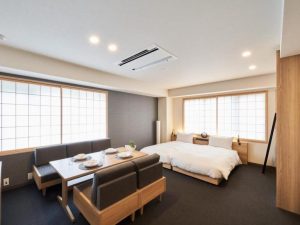 Mimaru Tokyo Nihombashi Suitengumae ➡️ CHECK RATES & AVAILABILITY |
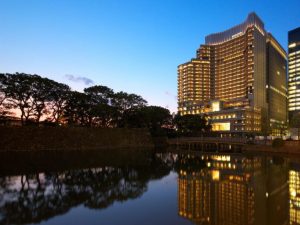 Palace Hotel Tokyo ➡️ CHECK RATES & AVAILABILITY |
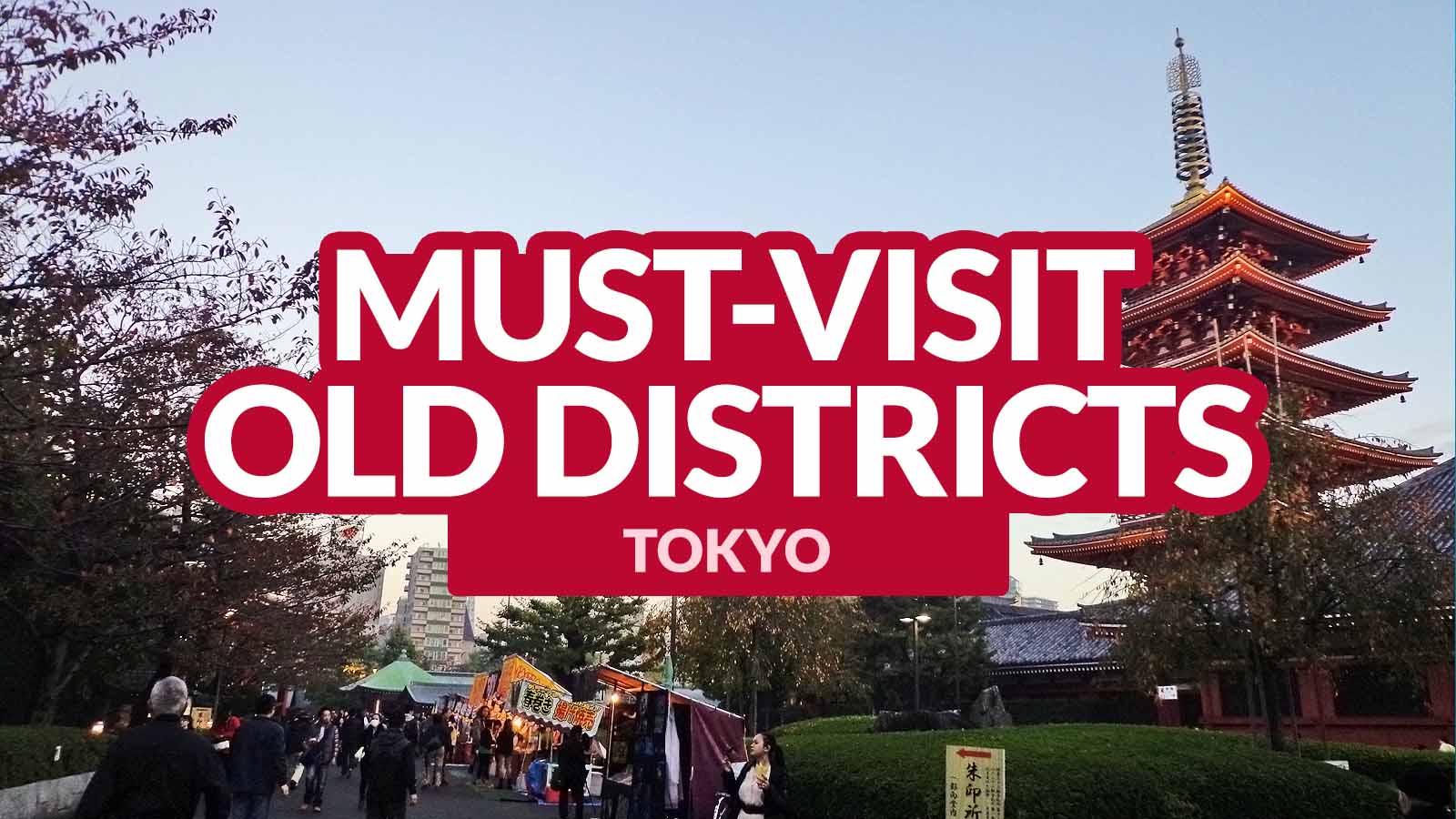
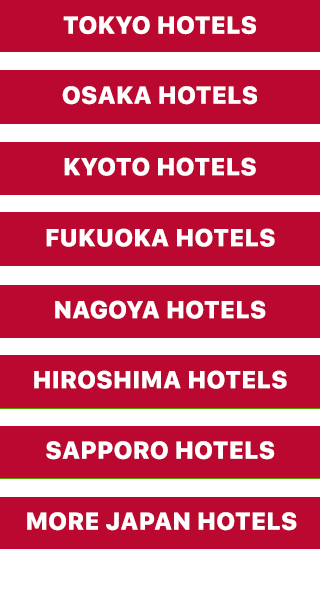



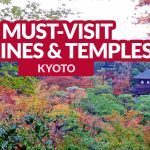



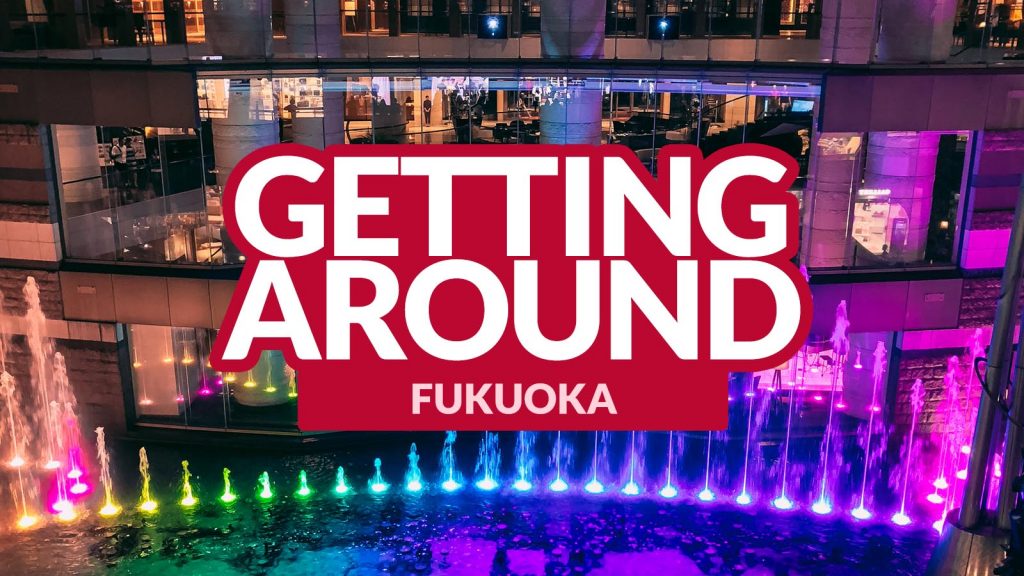
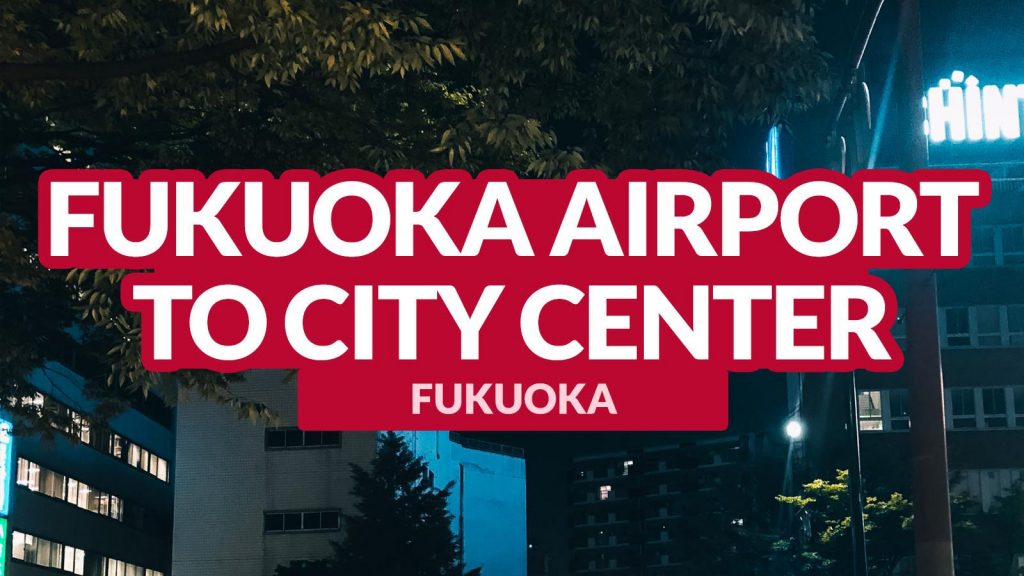
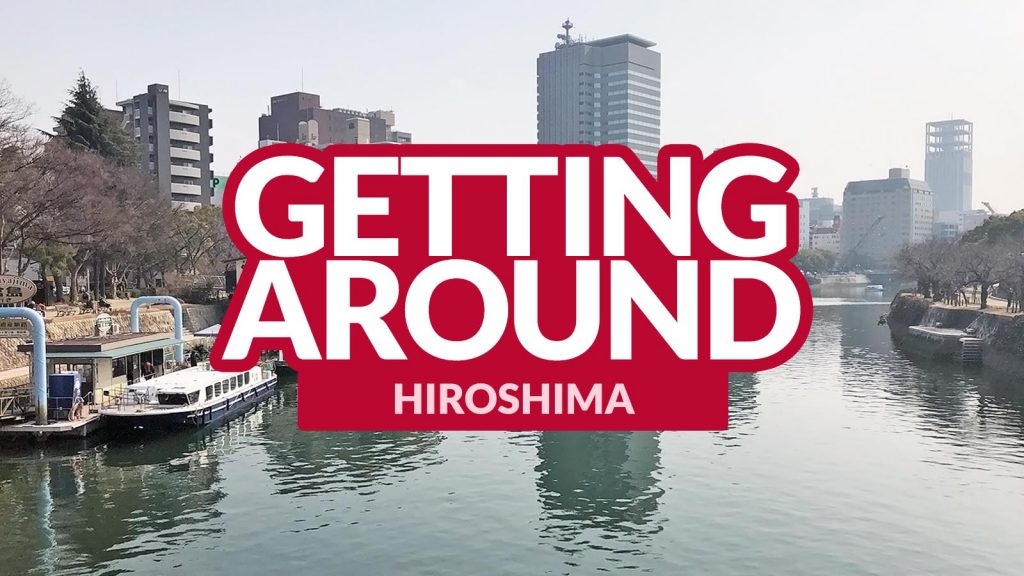
Comments